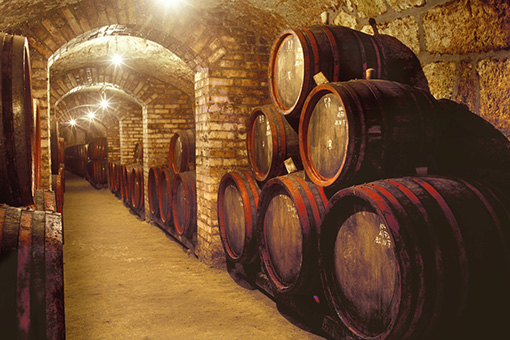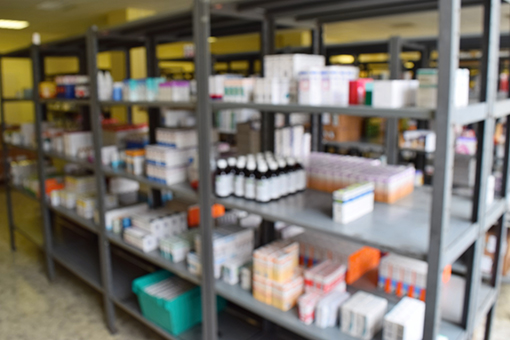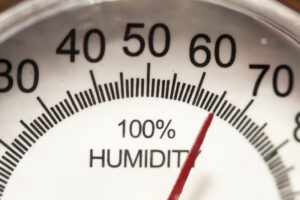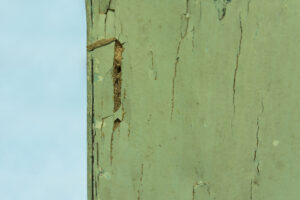Museums are a critical aspect of the community which provides an insight into where we have come from as a human race and engage the next generation with knowledge to help them take the following steps.
Without museums, we lose vital information from our past as a species and would be unable to learn from our mistakes. Preserving artefacts within museums is therefore crucial for the future, and understanding how to do this is essential for any museum. At Automated Data Management, we offer bespoke systems to help monitor the museum’s climate, which will assist in ensuring it is at the optimum levels for the comfort and preservation of delicate artefacts.
What Is Humidity and Temperature Monitoring?
Humidity is the level of water droplets within the air. It is measured as a percentage compared to the air particles’ density in the atmosphere with sensors and a data signalling system, which then relays the information to a base unit to transmit to a designated destination. In the case of our humidity monitoring systems, the information is passed through ethernet and accessed remotely from our bespoke Genesys systems.
Having the correct humidity levels is vital to most atmospheres and usually goes alongside monitoring the room’s temperature. Whilst you would assume that a room with a high temperature would offer a dry atmosphere, it can often not be the case. For this reason, it is vital to ensure that however you are monitoring your atmosphere, be sure to include both temperature and humidity for controlling scenarios which are climate sensitive.
The most remarkable example of this would be within a domestic setting. A warm room can often feel very dry, but add the addition of moisture, such as a wet garment, and the room’s humidity levels will rise. This creates dampness within a home, but opening a window helps to regulate the room’s humidity with the outside environment balancing it out. Unfortunately, museums cannot do this to prevent humidity, which is why it is essential to ensure the correct wireless remote monitoring systems are in place to protect vital artefacts and documents.
The Dangers of High Temperature and Humidity Levels in Museums
High humidity can cause a lot of issues within a museum. Humidity can come from anywhere. It could come from hot beverages, bodily excretions (such as sweat) from moving through the museum, or, if the weather is warm, it can come from any building moisture. As mentioned previously, humidity and temperature can affect each other, and they can both cause devastating effects on the environment.
An environment with high humidity levels can cause the following issues;
Mould – The presence of mould can spread very quickly if left untreated and will cause damage to almost any material. Even on garments which may have been around for hundreds of years. In addition, once mould sets into fabric, wood, parchments etc., it is almost impossible to remove without damaging the artefact.
Bugs – Many creatures enjoy living in a warm and humid environment, offering them an ideal space to habit and breed. Once bugs get amongst fabrics and materials, they are very hard to eradicate without professional help. They could potentially put a museum out of action for many days whilst this issue is dealt with.
Electrical damage – Although not many artefacts require electronics, the facilities housing them will most likely need wires and an electrical current. High humidity levels can corrode electrical components, which may be protecting, lighting up or providing essential power to the museum areas.
Wood decay – Whilst artefacts may not require the use of electrical components, most museums will have items which use wood or a variation of wood such as parchment, paper or canvas. With high humidity, these items can be at risk of decay.
Can Low Humidity Badly Affect Museum Climate Control Standards?
The ideal humidity within a museum should fall between 40-65%. Low humidity is also as damaging to an environment as high humidity. Having a room with humidity levels lower than 40% can cause glues used in artefacts or the showcasing of artefacts to become brittle and dry out. Veneers on wooden objects will begin to lift, and absorbent items may start to crack due to the dryness of the air. For this reason, monitoring the humidity levels within a museum is vital for protecting the precious objects they contain.
Protection of Artefacts in Museums With Wireless Monitoring Systems
Whether it is a priceless work of art created centuries ago or a pencil drawing from the early 1900s, each piece of artwork deserves to be protected as much as possible to ensure the art is visible for many centuries to come.
High humidity levels can cause severe problems within museums, and monitoring the situation from anywhere at any time allows for the ultimate optimisation of your humidity-controlling equipment without excessive increases or decreases in operational use.
Our wireless sensors also provide the flexibility of monitoring specific areas within the building. This allows you to monitor closed-off areas such as display cases and non-accessible atmospheres.
We offer a variety of systems which can work together to ensure that your museum climate control standards are of the best quality to protect visitors, staff and the items on show. Here are a few of our bespoke services;
Enquire online to see how we can assist you with any of your data monitoring needs.















